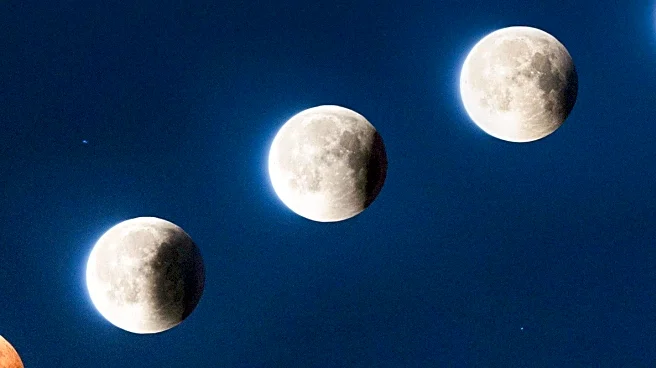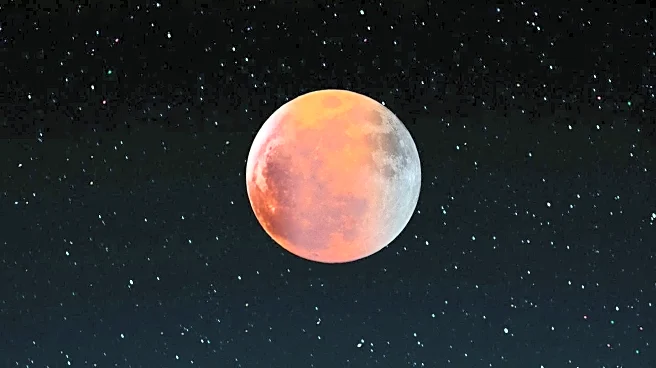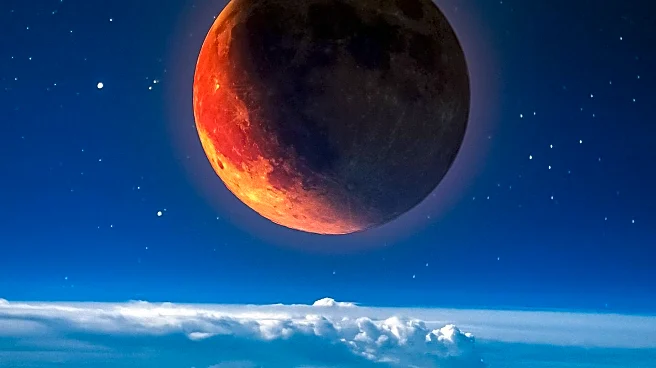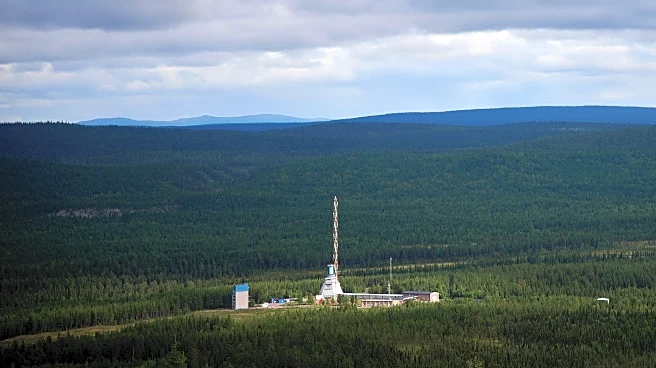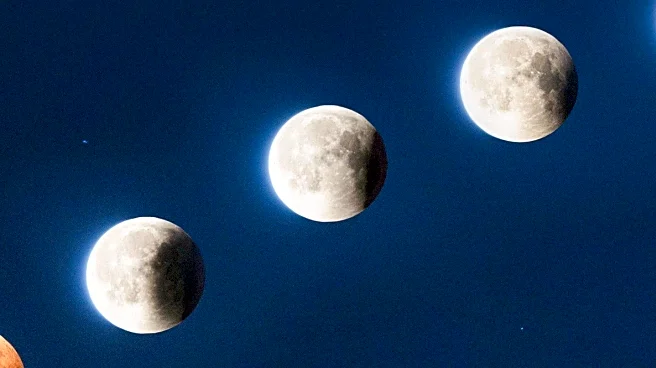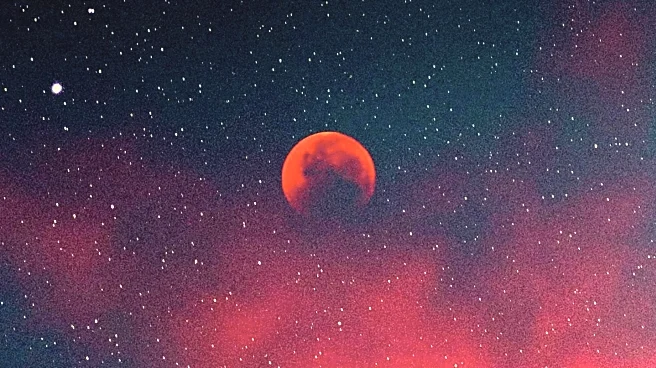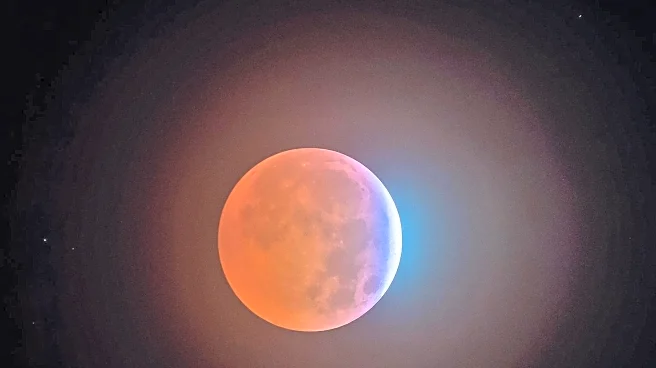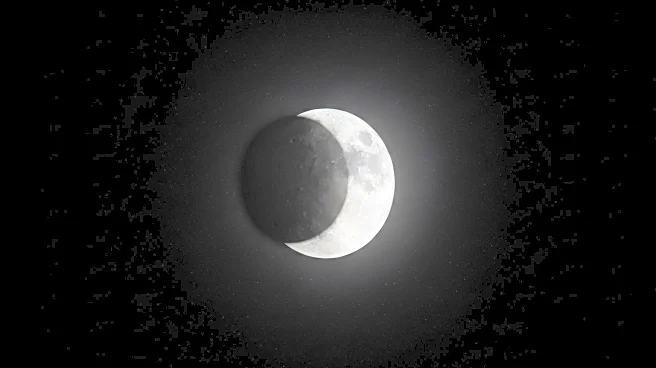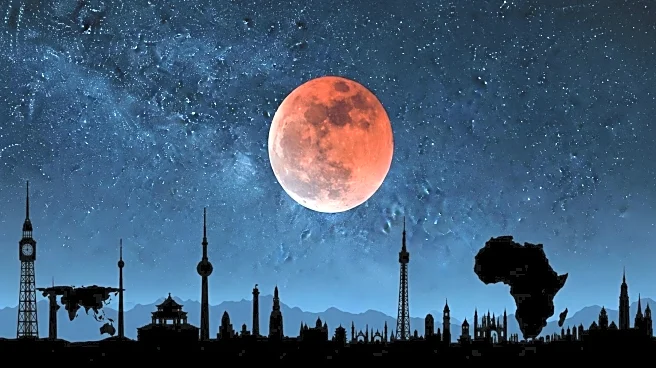What's Happening?
September 2025 is set to be a remarkable month for astronomy enthusiasts, with a series of celestial events taking place. The month kicks off with a 'Morning Planet Parade' from September 1-7, where Venus, Jupiter, Uranus, Neptune, and Saturn will be visible in the pre-dawn sky. A lunar eclipse will occur on September 7, visible in parts of Asia, Russia, eastern Africa, and Australia, though not in the U.S. On September 16, the crescent moon will appear near Jupiter, offering a stunning view. Saturn reaches opposition on September 21, making it particularly bright and visible. Additionally, a partial solar eclipse will be visible in regions like Australia and New Zealand on the same day. The fall equinox on September 22 marks the start of autumn and is expected to enhance northern lights activity.
Why It's Important?
These astronomical events provide unique opportunities for stargazers and scientists alike to observe and study celestial phenomena. The visibility of multiple planets and the occurrence of eclipses can enhance public interest in astronomy and science education. The events also offer potential for tourism in regions where the eclipses are visible, as enthusiasts travel to witness these spectacles. The increased activity of the northern lights due to the solar maximum could attract visitors to northern regions, boosting local economies.
What's Next?
While the U.S. will not witness the lunar eclipse, enthusiasts can look forward to the next one in March 2026. The visibility of Saturn during its opposition will continue into October, providing extended viewing opportunities. The fall equinox may prompt increased interest in aurora chasing, encouraging travel to northern areas. Stargazers are advised to visit dark-sky parks to maximize their viewing experiences, especially for the Milky Way core, which remains visible until November.
Beyond the Headlines
The solar maximum, which enhances aurora activity, is part of an 11-year cycle of solar activity that affects space weather. This can have implications for satellite operations and communications, highlighting the interconnectedness of celestial events and technological systems. The cultural significance of these events, such as the fall equinox, also plays a role in various traditions and celebrations around the world.
